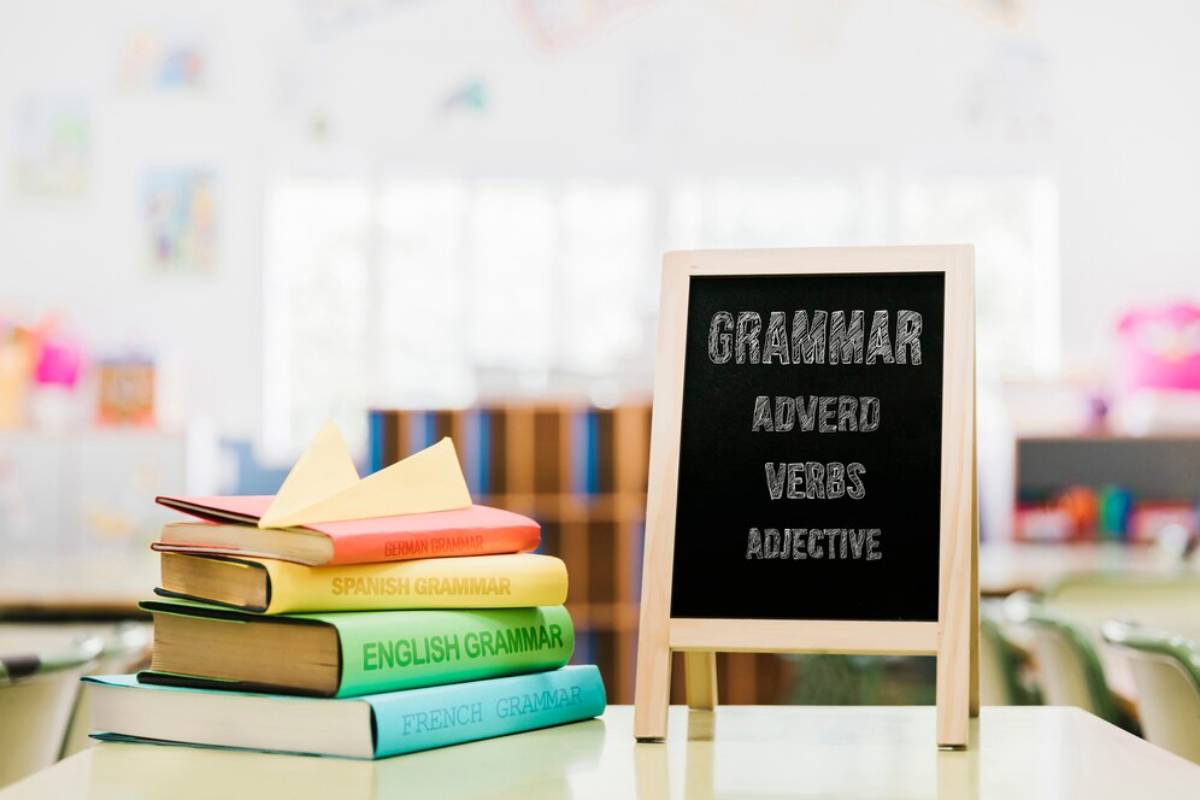
Turn Your Home into a Language Learning Lab
What if your home could do more than provide comfort? What if it could teach you a new language?
Imagine stepping into your kitchen and picking up vocabulary without a textbook. Or lounging on your sofa while tuning your ears to the melody of a foreign tongue. No flights. No classes. Just strategic, immersive learning right where you live.
Learning a new language isn’t limited to traditional lessons. With the right approach, your home becomes a powerful, personal classroom. This guide will show you how to set up your space for immersive learning at home, using effective language practice setups and home immersion techniques that work, even if you’re short on time or space.
Why Immersive Learning at Home Works
Traditional study often focuses on memorisation. Immersion, however, works by exposing your brain to the language in real-world contexts.
Benefits of home immersion:
- Increases daily exposure without extra effort
- Make language part of your lifestyle, not just your study time
- Improves pronunciation and listening skills through repetition
- Builds confidence by turning passive input into active recall
When your environment speaks the language, you begin to think in it too.
1. Set Up a Language Corner
Creating a dedicated space helps your brain switch into learning mode more easily.
What to include:
- A small table or desk for journaling and reading
- Flashcards, sticky notes, and a whiteboard
- A speaker or headphones for audio immersion
- Your favourite books, podcasts, and magazines in your target language
Decorate with posters, flags, or cultural items from countries that speak the language. Make it somewhere you enjoy being.
2. Label Your Environment
One of the most effective home immersion techniques is labelling objects in your native space.
Try this:
- Use sticky notes to label furniture, appliances, and everyday items
- Add the article (e.g. “la puerta” for Spanish) to reinforce gender
- Update labels weekly to include verbs or adjectives
Seeing words repeatedly in context improves retention without you even trying.
3. Use Language Apps Around the House
Most language learners use apps. But are you using them everywhere?
Try this:
- Change your phone, browser, and smart devices to your target language
- Use apps with spaced repetition (Anki, Memrise) in downtime
- Ask voice assistants simple questions in your target language
Even passive interaction helps your brain form new pathways.
4. Create Themed Vocabulary Zones

Break your house into zones where you focus on specific language themes.
Examples:
- Kitchen: food, measurements, cooking verbs
- Bathroom: hygiene items, reflexive verbs
- Living Room: emotions, family words, storytelling vocabulary
- Balcony/Garden: weather, plants, seasons
Reinforce by speaking aloud what you’re doing. “Estoy lavando los platos.” (I’m washing the dishes.)
5. Shadowing While You Cook or Clean
Shadowing is a method where you repeat spoken language in real-time.
How to do it:
- Play short dialogues or audiobooks in the background
- Pause and mimic tone, rhythm, and pronunciation
- Don’t worry about understanding every word — focus on flow
Master the Shadowing Technique and sound like a Native Speaker, Fast for structured practice.
6. Watch, Listen, and Speak with Purpose
Media immersion transforms your downtime into study time.
Use this formula:
- Watch shows or YouTube videos with subtitles (first in your language, then in your target one)
- Listen to music or podcasts while doing chores
- Speak phrases you hear aloud to reinforce grammar and pronunciation
Choose content you love. If it feels like fun, you’ll stick with it.
7. Journal Your Day in the Language
Writing helps transfer passive knowledge into active recall.
Start small:
- Write 3–5 sentences each evening
- Include the date, weather, mood, and one thing you learned
- Use vocabulary you’ve picked up from your environment that day
Your home becomes the inspiration, and your words become the practice.
8. Bring Culture Into the Mix
Language and culture go hand-in-hand. Incorporating cultural elements deepens your connection.
Ideas:
- Cook recipes from countries where your target language is spoken
- Celebrate holidays or traditions
- Play board games or card games with instructions in your target language
- Decorate with maps, travel photos, or cultural art
This makes the language more than a skill — it becomes an experience.
9. Create a Personal Audio Library
Build a library of spoken words that you record and replay.
How to do it:
- Record yourself speaking daily vocabulary or sample sentences
- Narrate what you’re doing at home: “I’m making coffee.” “I’m opening the fridge.”
- Listen to your recordings to identify improvement areas
Hearing yourself builds confidence and helps with accent and pronunciation.
10. Design a Weekly Learning Plan Around Your Home

Consistency matters more than intensity. A weekly plan keeps things structured without being rigid.
Example plan:
- Monday: Label new items in the kitchen
- Tuesday: Journal + review flashcards
- Wednesday: Watch a 10-minute video + shadow it
- Thursday: Speak 5 household routines aloud
- Friday: Try a new recipe in your target language
- Weekend: Review and reset your labels and word zones
This keeps learning fresh and integrated into your daily rhythm.
Real-Life Story: How Mariam Built Her “Mini France” at Home
Mariam, 29 – Graphic Designer Mariam had always dreamed of learning French, but didn’t have time for classes. So she turned her one-bedroom flat into a “mini France.”
She labelled everything, played French jazz and news radio, and only cooked from French recipes. Her bedroom was her reading zone. The kitchen was for speaking tasks.
Within 3 months, Mariam was able to hold casual conversations, read magazines, and understand French YouTubers — all without leaving home.
Common Mistakes to Avoid
- Overcomplicating the setup – Keep it simple and enjoyable
- Focusing only on passive input – Speak and write regularly too
- Changing labels too quickly – Let words settle before switching
- Neglecting repetition – See and use words often
- Using tools but not your space – Engage with your environment actively
Home immersion only works if you use your home.
Conclusion: Let Your Home Speak the Language

You don’t need to travel abroad to feel immersed. Your living room, kitchen, and even your hallway can become gateways to fluency — if you know how to use them.
By building a smart language practice setup, using labels, listening and shadowing, and connecting with culture, you turn your home into the ultimate learning lab.
It’s personal, flexible, and powerful.
So start today. Put up a label. Speak out loud. Turn on a podcast. And slowly but surely, your home will start talking back in your new language.


